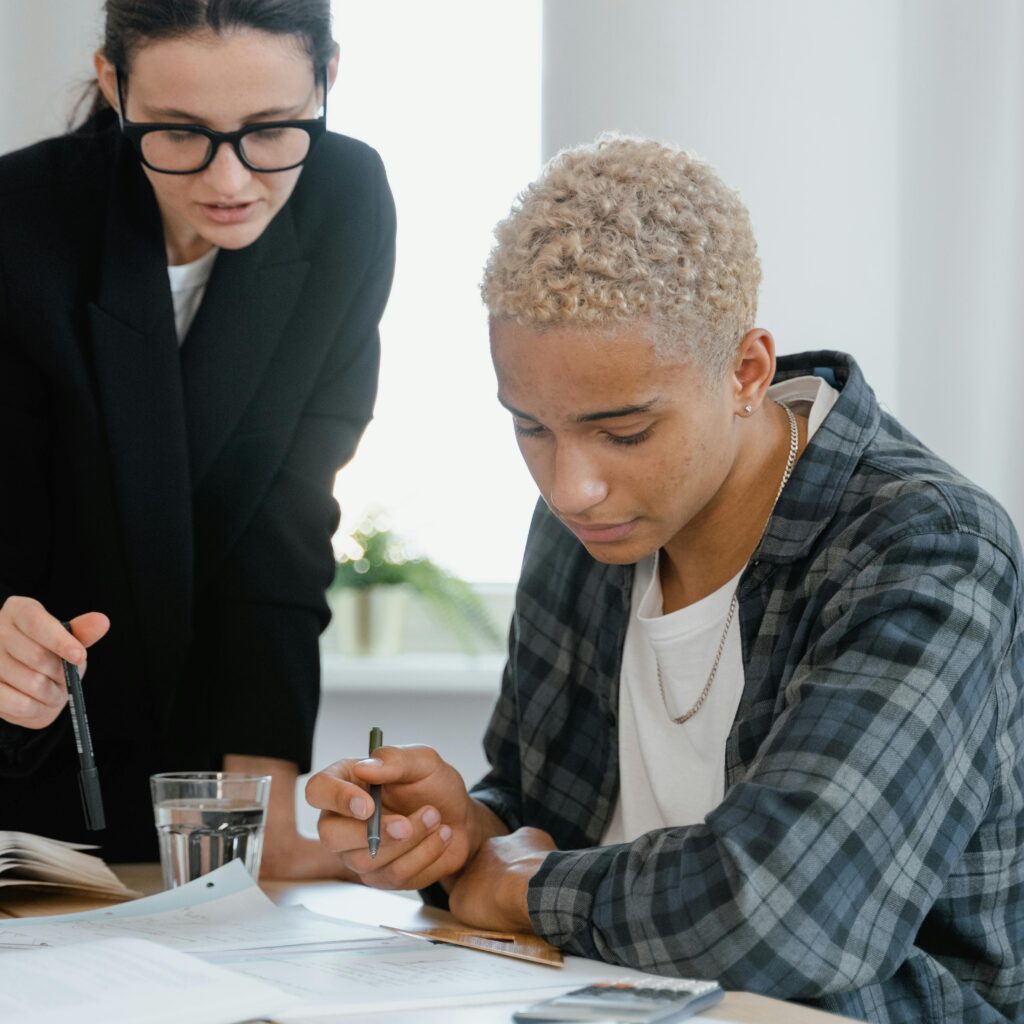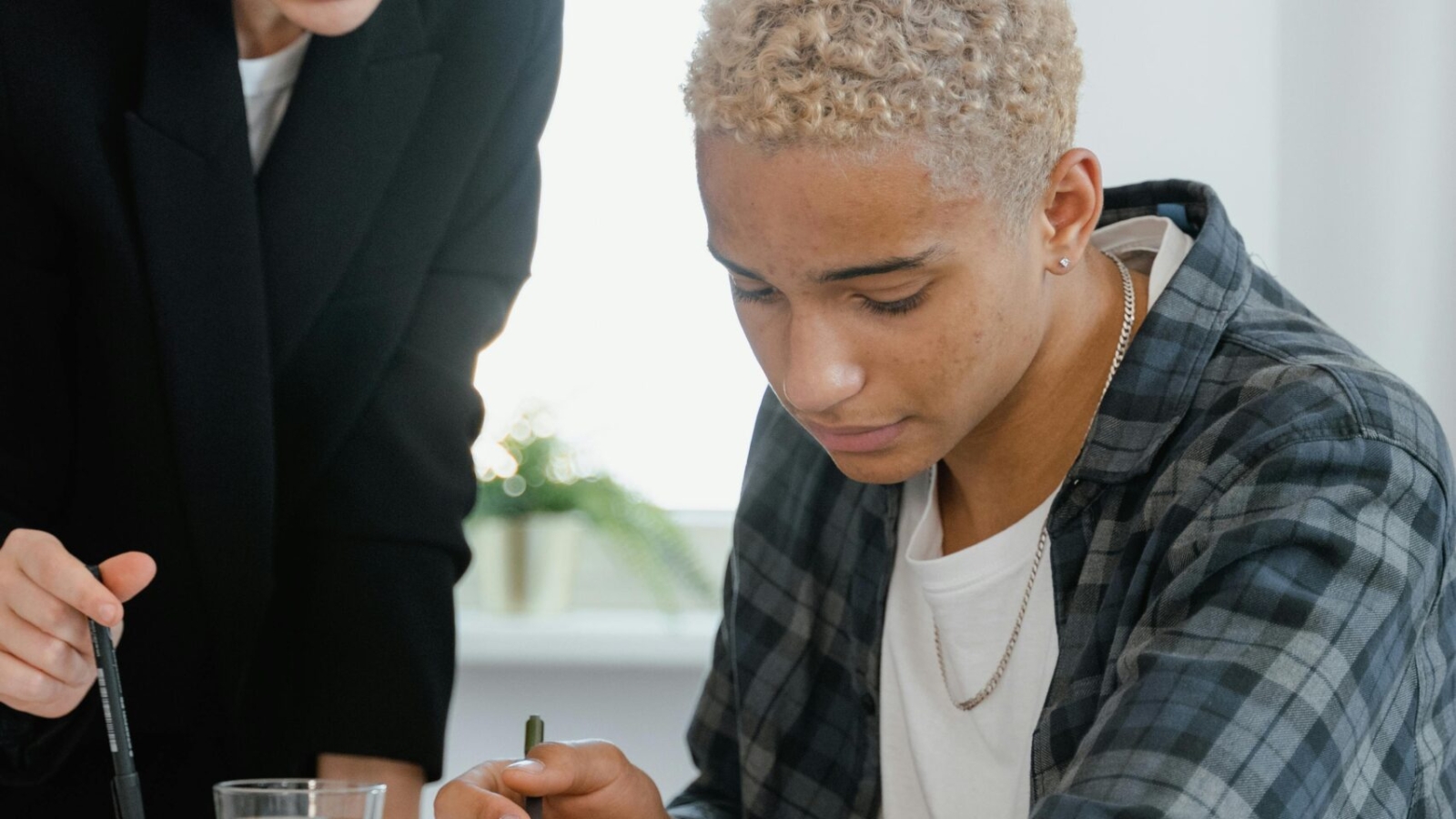Every year, thousands of international students dream of studying in the United States — home to world-class universities, cutting-edge research, and incredible career opportunities. But before you can begin your journey, there’s one critical step: getting your U.S. study visa approved.
Applying for a U.S. student visa can feel stressful, especially when you hear mixed stories about the U.S. visa acceptance rate or rejections at the interview stage. The good news? With proper preparation, strong documentation, and a confident approach, you can significantly increase your chances of success.
This guide breaks down everything you need to know — from understanding the visa process and acceptance rates to proven tips that make your U.S. student visa application stand out.

🎓 Understanding the U.S. Study Visa:
If you plan to pursue an academic program in the U.S., you’ll most likely apply for an F-1 visa, the most common visa type for international students.
Here’s a quick overview:
- F-1 Visa: For full-time students attending a university, college, or other academic institution.
- M-1 Visa: For students enrolled in non-academic or vocational programs.
- J-1 Visa: For exchange visitors, researchers, or interns participating in cultural or educational exchange programs.
To qualify for an F-1 visa, you must first receive a Form I-20 from a SEVP (Student and Exchange Visitor Program)-approved school. This document confirms your admission and outlines your study plan and financial resources.
📊 U.S. Visa Acceptance Rate: The Reality Behind the Numbers:
The U.S. visa acceptance rate varies based on several factors — including your country, application accuracy, and the strength of your academic and financial profile.
According to recent data, the global approval rate for F-1 visas averages around 80–85%, but this figure fluctuates yearly. Some regions may see higher rates due to better documentation standards and stronger ties to home countries.
Factors influencing visa acceptance rates include:
- Country of origin: Certain regions face higher scrutiny due to past misuse or overstay rates.
- Academic credibility: Applicants from well-known or accredited institutions tend to have higher approval odds.
- Financial strength: Proof of sufficient funds to cover tuition and living costs is critical.
- Interview performance: Confidence, honesty, and clear intentions can make or break your case.
Understanding these factors helps you tailor your preparation and position yourself for success.
💡 Proven Tips for a Successful U.S. Student Visa Application:
Here’s how to maximize your chances of approval:
1. ✅ Prepare All Documents Thoroughly
A missing or incorrect document can delay or even lead to rejection of your visa. Gather everything in advance and double-check the details.
Essential documents include:
- Valid passport
- Form I-20 issued by your university
- DS-160 confirmation page
- SEVIS payment receipt
- Visa appointment confirmation
- Recent passport-sized photographs
- Proof of financial resources (bank statements, scholarship letters, sponsor affidavits)
💬 Pro tip: Organize all documents in a folder and practice answering questions about each one.
2. 🎯 Demonstrate Genuine Academic Intent
The visa officer’s primary goal is to confirm that you’re a genuine student — not someone using a study visa as a pathway for permanent residency.
Be clear about:
- Why you chose your university and program
- How your course aligns with your career goals
- What you plan to do after graduation
💬 Tip: Research your program thoroughly and mention specific professors, courses, or university achievements that motivated you.
3. 💵 Show Strong Financial Capability
Your U.S. student visa approval heavily depends on whether you can prove you can afford your studies.
Provide:
- Bank statements (usually 3–6 months of history)
- Scholarship letters or assistantship offers
- Affidavits of support from sponsors (if applicable)
- Proof of assets (property, savings, or business income)
The U.S. embassy wants assurance that you won’t face financial difficulties or need to work illegally during your stay.
4. 🗣️ Master Your Visa Interview
The visa interview is your chance to make a positive impression. Most interviews last only 2–5 minutes, so clarity and confidence matter.
Common interview questions include:
- Why did you choose this university?
- What are your career goals after graduation?
- Who is sponsoring your education?
- Do you plan to work in the U.S. after your studies?
💬 Pro tip: Keep your answers short, natural, and honest. Avoid over-rehearsed or robotic replies. The officer wants a conversation, not a script.
5. 🚫 Avoid Common Mistakes
Many visa applications fail due to simple, avoidable errors. Make sure to steer clear of these:
- Incomplete or incorrect DS-160 form
- Providing fake financial documents
- Lack of clarity about your study plans
- Contradictory information during the interview
- Showing intent to stay in the U.S. permanently
A clean, consistent, and honest application is your best weapon for success.
⚠️ Common Reasons for U.S. Visa Rejection:
Even strong candidates sometimes face rejection. Here are the top reasons — and how to prevent them:
- Insufficient financial proof: Ensure your bank statements and sponsor documents clearly cover tuition + living expenses.
- Unclear academic goals: Have a well-defined purpose that connects your program to your future career.
- Weak ties to home country: Show that you have family, assets, or career prospects waiting for you back home.
- Poor interview performance: Avoid nervousness or inconsistent answers; practice mock interviews if needed.
- Incomplete or false information: Always be truthful — even small inaccuracies can lead to a ban or rejection.
🌟 How to Improve Your Chances of Approval:
If you’re reapplying or just want to strengthen your case, here’s how to improve your odds:
- Apply early — ideally 3–5 months before your program starts.
- Choose reputable universities with SEVP certification.
- Maintain excellent academic records.
- Keep a positive and professional attitude during the interview.
- Prepare all financial and academic proof neatly and confidently.
Explore for more Information:
Why Study Abroad? Top 7 Benefits of Studying Abroad in 2025
Why a Study Abroad Consultant Is Essential: Top 10 Reasons
🌎 Final Thoughts:
Getting your U.S. study visa approved isn’t just about paperwork — it’s about preparation, honesty, and clarity. The U.S. visa acceptance rate shows that most genuine students succeed, so approach your application with confidence and purpose.
You’re not just applying for a visa — you’re opening doors to new experiences, global connections, and a brighter future. With the right approach, your dream of studying in the U.S. is well within reach.🎓

Leave A Comment